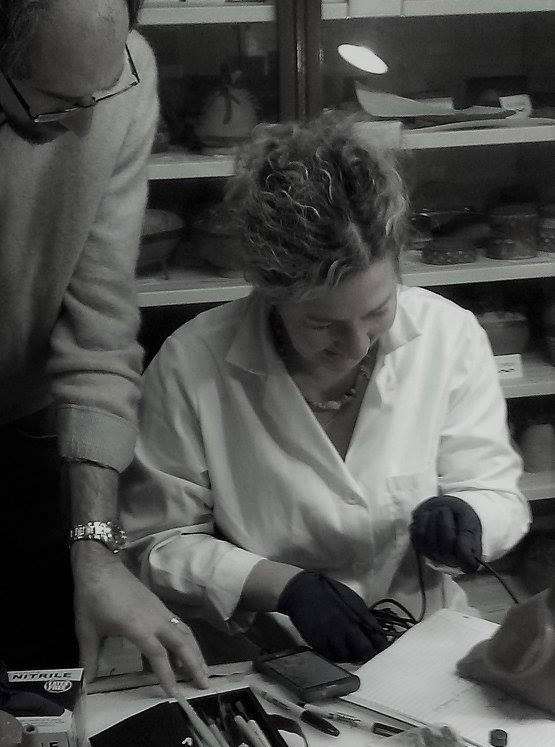Why Rubicon?
To “cross the Rubicon” means to commit to a course of action with no way to turn back – i.e., to pass a point of no return. We chose the name because once you start seeing the world through the broad social lens of anthropology you cannot “un-see” it. Any time a decision involves people, and all decisions do, there are inherent social dimensions to the action. All human activity is embedded in a social context.
Those social aspects and consequences of our actions are so pervasive, in fact, that most people never stop to really notice or think about them. Once you start really paying attention to the ubiquitous social networking of the world, though, you cannot help but to see it everywhere. You start seeing the human connections in the most unexpected places.


Our Approach
Our approach is grounded in an understanding that quite often the data we want cannot be observed directly. Instead, it has to be triangulated from things we can observe. Social phenomena and interactions are especially difficult that way. Socially embedded data requires insights into a web of connections that can often be counterintuitive.
As archaeologists and anthropologists, we often needed to find ways to follow those connections through alternate means. The data you would want to examine is long gone, as are the only people that could answer our questions for certain.
To find real answers requires creativity, meticulous understanding of data, and dedication. We apply that same type of intuition to contemporary problems.
Dr. Jennifer Loughmiller-Cardinal
PhD in Anthropology (Archaeology and Linguistics) and an MS in Analytical Chemistry
Jennifer is an active and proven research scientist, and an expert at finding ways to pair empirical methods with qualitative analyses. She specializes in mixed methods and multidisciplinary approaches to her research interests. During her career, she has spent substantial time in the field, at laboratories, in museums, and in university teaching settings. She has previously been active in ethnographic studies, data collection, and field interviews.
She has been a research Fellow at both the Library of Congress and at Yale. Her publications have been featured in top academic journals, and each has appeared in those journal's "Top Ten" most viewed and downloaded lists. In 2012, Scientific American listed her work with ancient nicotine as one of that year’s most important scientific finds.
Jennifer is the “dot” person of our team – identifying the right domain and sources of data where patterns will be found.
James Scott Cardinal
holds an MA in Anthropology and an MS in Analytics.
Scott is an experienced research scientist and principal investigator, with more than two decades in government service performing analyses for archaeological resource and project risk management. He specializes in exploratory analysis, unsupervised machine learning, social network and graph analytics, and spatio-temporal pattern detection.
Much of Scott's work has involved translating abstract or qualitative objectives into measurable quantitative features and methods, and communicating specialized technical findings to diverse audiences. He has authored numerous technical reports, prepared professional and public presentations and exhibits, and has published in specialized technical journals.
He is the “lines” member of the team – finding the connections and mechanisms that give structure to the patterns.
Additional work of ours to consider
MORE TO EXPLORE
Feature Bio on J. Scott Cardinal
Scott Cardinal is a seasoned archaeologist who has successfully bridged the gap between ancient artifacts and modern data science. As a senior project manager and museum scientist at the New York State Museum, Cardinal brings nearly three decades of experience in cultural resource management to his work. His expertise lies in conducting archaeological assessments for federal and state construction projects, ensuring that sites of cultural and historical significance are properly evaluated and preserved.
Community Spotlight: Jenn Loughmiller-Cardinal
We recently sat down with Jennifer Loughmiller-Cardinal, PhD, archaeologist and scientific advisor, to learn about her journey to the Merz Institute, her thoughts on the US election, and her favorite story from the field.
Discussion with Bill Baue and Ralph Thurm on Institutions and Information
Why are institutions always lagging behind current social trends? Why is it that just changing laws has little effect on human action? How come nudges and influence only has limited effect and frequently not in the intended manner? We discuss some of the aspects of institutional information and what is really going on with R3.0